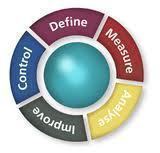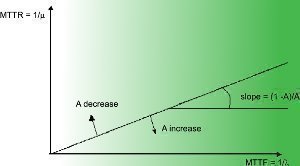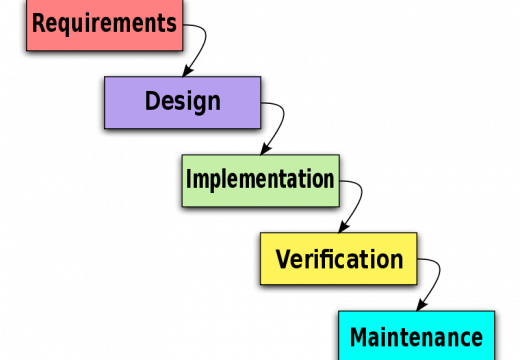
DMAIC is a basic Six Sigma methodology component- a way to improve work processes by eliminating defects. The Six Sigma methodology is widely used in many top corporations in the United States and around the world. It is normally defined as a set of practices that improves efficiency and eliminate defects.
Six Sigma has been around for more than 20 years and TQM (Total Quality Management) and Zero Defect principles have heavily influenced it. In its methodology, it asserts that in order to achieve high quality manufacturing and business processes, continued efforts must be made to reduce variations.
The Six Sigma system strives to reduce these variations in both business and manufacturing. In order to do so, these processes must be measured, analyzed, controlled, and improved upon. In order to improve upon these processes, the Six Sigma system requires sustained commitment from an entire organization, especially from the top echelons to help guide lower rung workers and policies.
It should be noted that the Six Sigma system derives its name from the high quality output that it strives to achieve. Six Sigma refers to a defect level of lower than 3.4 defects per million opportunities. This methodology has saved businesses around the world billions in dollars due to its low defect output. For instance, since 1986, Motorola has stated that the Six Sigma system has saved them $17 billion dollars. Six Sigma is a registered trademark of Motorola Corp.
For those that use the Six Sigma system, there are two major methodologies. They include DMAIC and DMADV. DMAIC will be covered in this article. Edwards Deming developed DMAIC. It is useful for improving an existing business process to reduce defects. The DMAIC methodology includes five steps: Define, Measure, Analyze, Improve, and Control. Here is some information regarding each step.
Define: Define is the first step in the process. In this step, it is important to define specific goals for achieving outcomes that are consistent with both the customer’s demands and one’s own business’s strategy. In essence, one is laying down a road map for accomplishment.
Measure: In order to determine whether defects have been reduced, the user needs a base measurement. In this step, accurate measurements must be made and relevant data must be collected so that future comparisons can be measured to determine whether defects have been reduced.
Analyze: Analysis is extremely important to determine relationships and the factors of causality. If trying to understand how to fix a problem, cause and effect are extremely necessary and must be considered.
Improve: Making improvements or optimizing processes based on measurements and analysis can ensure that defects are lowered and processes are streamlined.
Control: This is the last step in the DMAIC methodology. Control ensures that any variances stand out and are corrected before they can influence a process negatively causing defects. Controls can be in the form of pilot runs to determine if the processes are capable. Once data is collected, a process can transition into standard production. However, continued measurement and analysis must ensue to keep processes on track and free of defects below the Six Sigma limit.




Jennifer
Here’s a cool infographic that shows each phase and its purpose: http://www.goleansixsigma.com/how-does-lean-six-sigma-work/
RICARDO N
I want to know if you have info about effective DMAIC courses. I´m interested to applied it in my company.
Eric Mubanga
I applied DMAIC to one of the problem areas on my production line and save an annualised sum of U.S $380,000.00 the project spun 9months. Let the numbers lead after all numbers don’t lie…
Eric Mubanga
I applied DMAIC to one of the problem areas on my production line and save an annualised sum of U.S $380,000.00 the project spun 9months. Let the numbers lead after all numbers don’t lie…